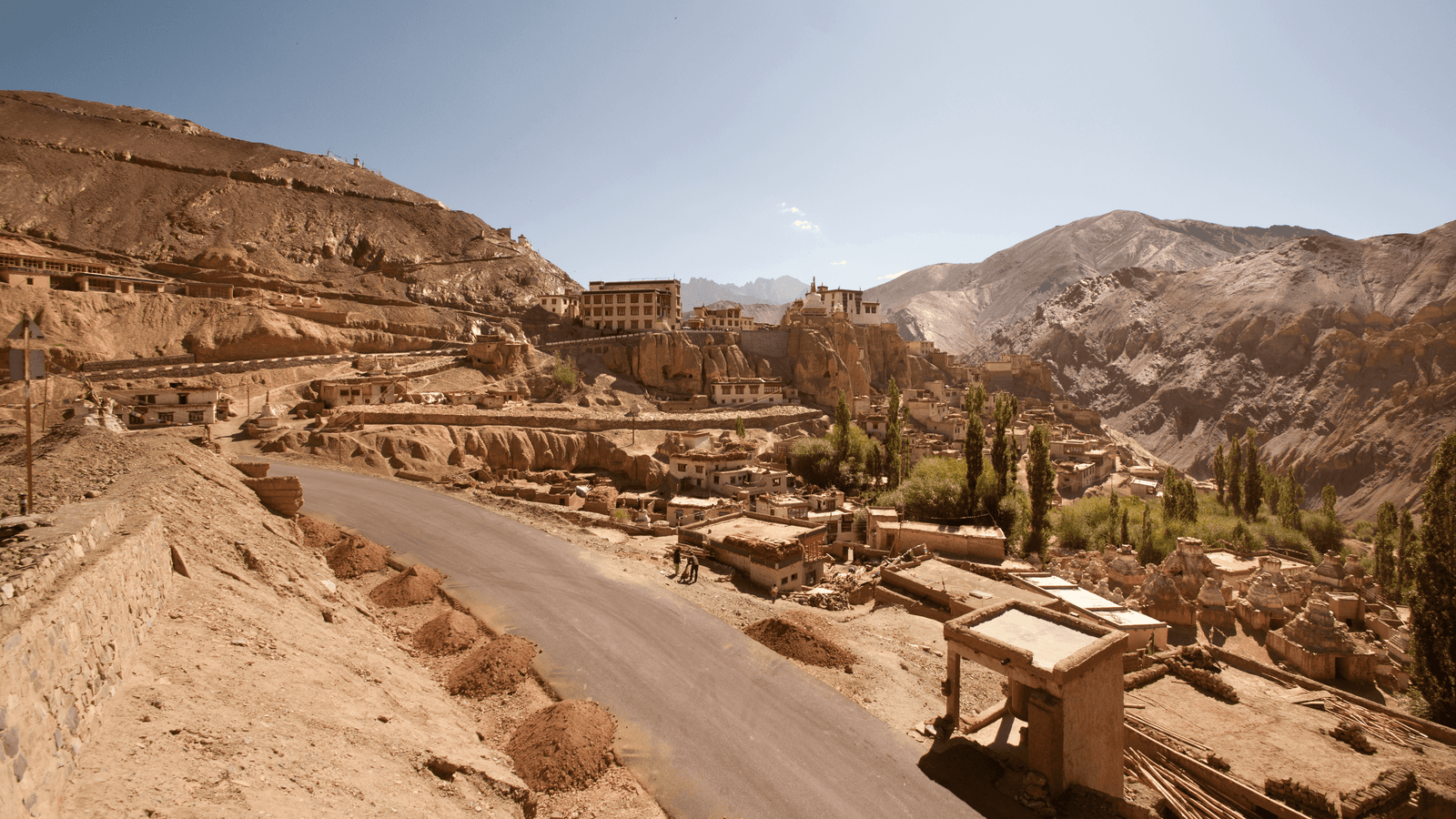Afghanistan’s Historical Landmarks and Heritage Sites: A Journey Through Time 🏛️🌄

Afghanistan, often referred to as the “Crossroads of Central Asia,” is a land steeped in history, culture, and breathtaking landscapes. Despite the challenges it has faced, the country is home to some of the world’s most iconic historical landmarks and heritage sites. From the ancient Buddhas of Bamiyan to the stunning Blue Mosque in Mazar-i-Sharif and the timeless city of Herat, Afghanistan’s rich heritage offers a glimpse into the civilizations that once thrived here. Join us as we explore these remarkable sites and uncover the stories they tell. 🌍✨
The Buddhas of Bamiyan: A Testament to Ancient Artistry 🗿
Historical Significance
The Buddhas of Bamiyan, carved into the cliffs of the Bamiyan Valley in the 6th century, were once among the tallest standing Buddha statues in the world. These monumental figures, standing at 55 and 38 meters respectively, were a testament to the region’s Buddhist heritage and the artistic prowess of the time. The statues were part of a larger monastic complex, which included caves adorned with intricate murals and carvings.
Cultural Impact
The Buddhas of Bamiyan were not just religious icons; they were also symbols of cultural exchange. The Bamiyan Valley was a crucial stop on the Silk Road, where traders, pilgrims, and scholars from different parts of the world converged. The statues, along with the surrounding caves, served as a hub for Buddhist learning and artistic expression.
Tragic Destruction and Ongoing Preservation Efforts
In 2001, the Taliban regime tragically destroyed the Buddhas, citing religious reasons. This act of cultural vandalism shocked the world and highlighted the vulnerability of Afghanistan’s heritage. However, efforts are underway to preserve what remains of the statues and the surrounding site. UNESCO has designated the Bamiyan Valley as a World Heritage Site, and various international organizations are working to protect and restore this invaluable piece of history.
The Blue Mosque in Mazar-i-Sharif: A Jewel of Islamic Architecture 🕌💎
Architectural Marvel
The Blue Mosque, also known as the Shrine of Hazrat Ali, is one of Afghanistan’s most revered Islamic sites. Located in Mazar-i-Sharif, the mosque is renowned for its stunning blue-tiled façade, which glistens in the sunlight, creating a mesmerizing effect. The mosque’s intricate tilework, calligraphy, and geometric patterns are a testament to the skill and artistry of Islamic craftsmen.
Religious Significance
The Blue Mosque is believed by many to be the burial place of Hazrat Ali, the cousin and son-in-law of the Prophet Muhammad. This belief has made the mosque a major pilgrimage site for Muslims, particularly during the annual Nawroz (Persian New Year) celebrations. Thousands of devotees flock to the mosque to pay their respects and seek blessings.
Cultural Hub
Beyond its religious importance, the Blue Mosque serves as a cultural hub for the local community. The mosque’s spacious courtyard and surrounding gardens provide a serene environment for reflection and social gatherings. The site also hosts various cultural events and festivals, further cementing its role as a center of community life.
The Ancient City of Herat: A Living Museum 🏰📜
Historical Overview
Herat, one of Afghanistan’s oldest cities, has a history that spans over two millennia. Known as the “Pearl of Khorasan,” Herat has been a center of learning, art, and commerce since ancient times. The city’s strategic location on the Silk Road made it a melting pot of cultures, influencing its architecture, art, and traditions.
Architectural Heritage
Herat is home to numerous historical landmarks, including the Herat Citadel, the Friday Mosque, and the Musalla Complex. The Herat Citadel, also known as the Citadel of Alexander, is a massive fortress that dates back to the time of Alexander the Great. The Friday Mosque, with its stunning tilework and grand courtyard, is one of the finest examples of Islamic architecture in the region. The Musalla Complex, though now in ruins, was once a grand ensemble of minarets, madrasas, and mausoleums.
Cultural Renaissance
Despite the ravages of time and conflict, Herat has experienced a cultural renaissance in recent years. Efforts to restore and preserve the city’s heritage have been bolstered by local and international organizations. The city’s vibrant bazaars, traditional crafts, and rich literary tradition continue to thrive, making Herat a living museum of Afghan culture.
The Importance of Preserving Afghanistan’s Heritage 🛡️🌿
Cultural Identity
Afghanistan’s historical landmarks and heritage sites are not just relics of the past; they are integral to the country’s cultural identity. These sites tell the story of Afghanistan’s diverse history, from its Buddhist and Islamic periods to its role as a crossroads of civilizations. Preserving these sites is crucial for maintaining a sense of continuity and pride among the Afghan people.
Tourism Potential
Afghanistan’s heritage sites have immense potential to boost tourism and contribute to the country’s economic recovery. By promoting these sites as tourist destinations, Afghanistan can attract visitors from around the world, generating revenue and creating jobs for local communities. However, this requires significant investment in infrastructure, security, and conservation efforts.
Global Responsibility
The preservation of Afghanistan’s heritage is not just a national concern; it is a global responsibility. These sites are part of humanity’s shared history, and their loss would be a tragedy for us all. International cooperation and support are essential to ensure that Afghanistan’s cultural treasures are protected for future generations.
Conclusion: A Call to Action 🌟🤝
Afghanistan’s historical landmarks and heritage sites are a testament to the country’s rich and diverse history. From the awe-inspiring Buddhas of Bamiyan to the majestic Blue Mosque in Mazar-i-Sharif and the ancient city of Herat, these sites offer a glimpse into the civilizations that once thrived in this region. However, the preservation of these treasures requires collective effort and commitment. By supporting conservation initiatives, promoting cultural tourism, and raising awareness, we can help ensure that Afghanistan’s heritage is safeguarded for generations to come. Let us come together to celebrate and protect the legacy of this remarkable land. 🌏💖
Discover more from SuqMall
Subscribe to get the latest posts sent to your email.




